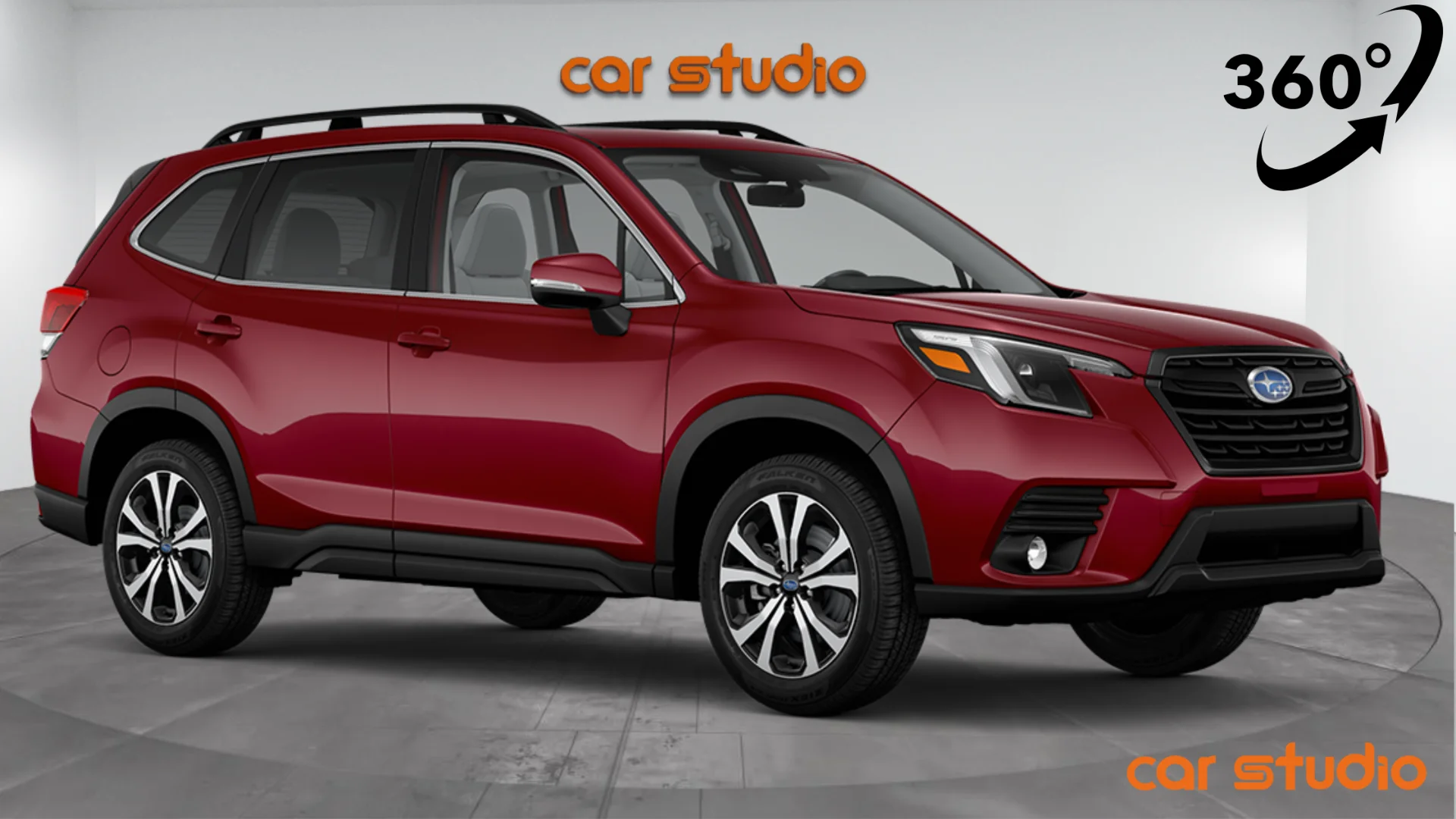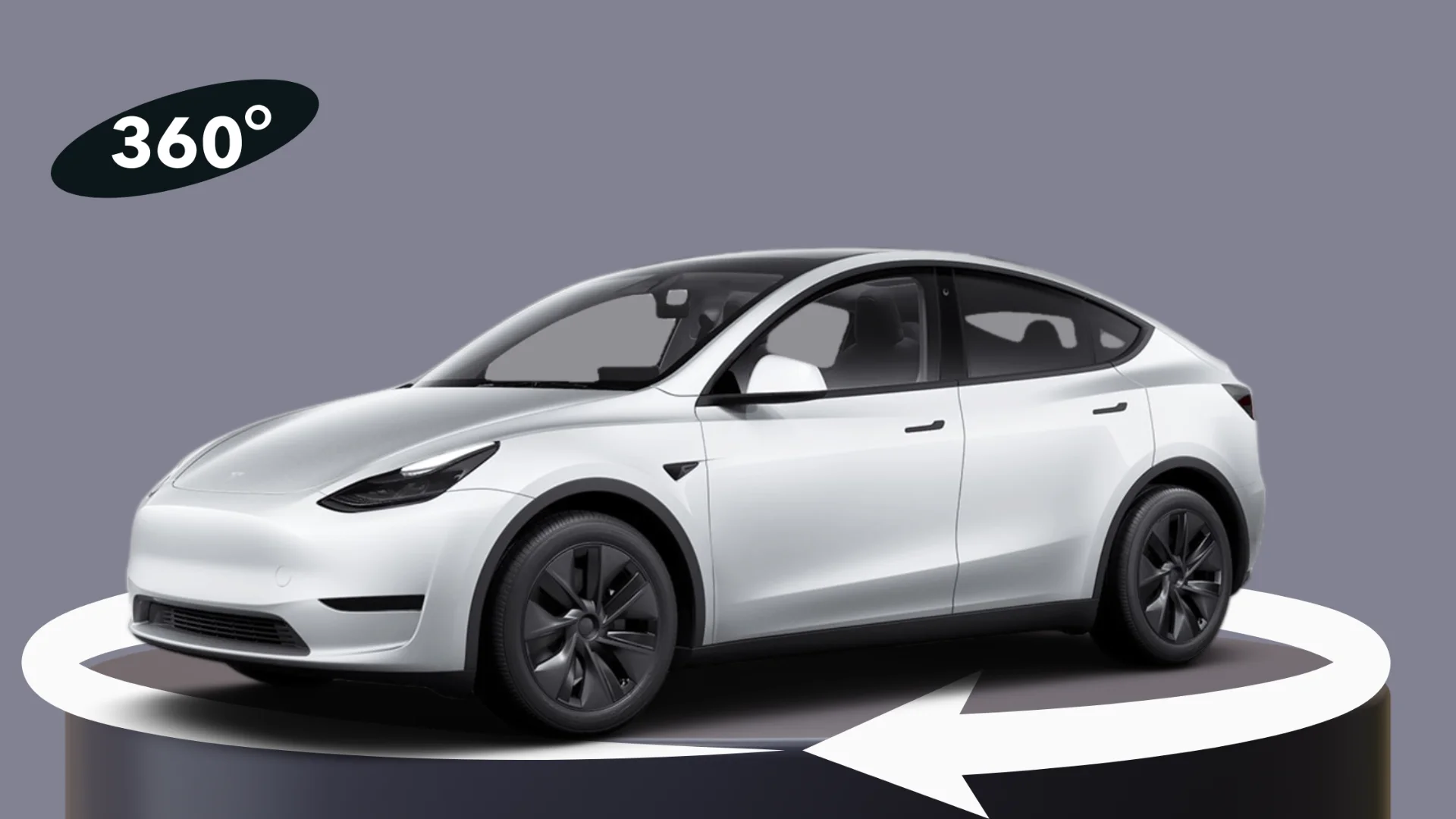
Dealer Guide to Car Listing Optimization with Neuro-Marketing AI
Dealer Guide to Car Listing Optimization with Neuro-Marketing AI Photos

Introduction: Why Visuals Matter More Than Ever
In today’s hyper-competitive automotive marketplace, the first impression of a car online is no longer a nice-to-have it’s the decisive factor that makes or breaks a potential sale. Research shows that listings with strong visuals can boost click-through rates by as much as 94%. Buyers don’t just scan specs; they feel their way through a purchase. That emotional reaction begins the moment they see the very first photo.
This is where AI-driven image enhancement and neuro-marketing principles come together. With the right tools, a dealership can elevate standard car photos into compelling visual stories that tap into subconscious drivers of decision-making. Platforms like Car Studio AI are pushing this frontier, enabling dealers to go beyond photography and into curated digital experiences that truly convert. As studies on AI-generated backgrounds improving sales have shown, even seemingly minor tweaks can influence whether a buyer clicks, engages, and ultimately purchases.
The Psychology of First Impressions
Shoppers rarely admit it, but their brain decides in milliseconds whether a vehicle feels right. Neuro-marketing the fusion of neuroscience and marketing explains why. Humans process images 60,000 times faster than text. Within just 0.13 seconds, the brain forms an impression of what it sees. That means before a buyer even reads “2023 Honda Civic, low mileage,” they’ve already judged the car’s desirability based on the photo.
Neuro-marketing research demonstrates that:

For car dealers, this science is gold. By structuring visuals to align with proven psychological triggers, listings can bypass rational hesitation and create immediate emotional resonance.
How AI Photo Editing Enhances Emotional Engagement
AI has changed the game from “take a photo and hope it works” to “engineer the perfect first impression.” Tools like Car Studio AI make sophisticated enhancements accessible, automating what once required expensive photo shoots and retouching teams.
Key Enhancements That Drive Engagement

What’s powerful here isn’t just the aesthetic upgrade it’s the emotional shift. A car that looks meticulously presented signals value, care, and quality. In neuro-marketing terms, these images bypass skepticism and whisper to the brain: “This is the car you can trust.”
Consistency, Branding, and Buyer Trust
If there’s one thing luxury brands understand, it’s consistency. Every touchpoint from showroom design to brochures feels aligned. Online car listings should be no different.
AI tools enforce this consistency by ensuring every photo, across every listing, meets a professional standard. Over time, customers begin to associate that visual consistency with the dealership itself. The brand becomes “the one that always presents clean, reliable vehicles.”

For example, professional-quality photos with standardized lighting, framing, and branding create a subconscious promise of reliability. Buyers begin to assume: “If they care this much about photos, they must care this much about service.” That’s the exact halo effect neuro-marketing aims for.
Practical guides on taking professional car photos reinforce this point while AI optimizes the back end, the dealer’s approach to consistency cements trust.
From Listings to Digital Showrooms
Now imagine every vehicle you sell not just listed, but showcased. A digital showroom is more than a gallery; it’s a curated experience where each car is presented in its most appealing light.

AI makes this possible by tailoring images to different contexts:
One breakthrough example is vehicle image cloning, which allows you to reproduce a car photo into multiple settings instantly. That means one shoot can become dozens of optimized listings, each adapted to platform, audience, and campaign.
Case Studies: Real-World Impact

These aren’t isolated wins they’re proof that visuals optimized with AI and neuro-marketing principles deliver measurable ROI.
Implementation Strategies for Dealerships
Step 1: Start Simple with AI Enhancements
For dealerships just dipping their toes in, the low-hanging fruit is background removal and color correction. This alone can transform “good enough” photos into polished listings.
Step 2: Layer in Emotional Triggers

Once basics are in place, experiment with colors and angles that evoke buyer emotions. Family SUVs may benefit from approachable, well-lit perspectives, while sports cars shine with dramatic lighting and bold backgrounds.
Step 3: Personalize Through AI
AI adapts. As you feed more data into your photo editing workflow, the system learns which visuals resonate most with your audience. This iterative process leads to listings that aren’t just attractive—they’re strategically optimized.
For used car dealers, this is particularly transformative. As insights on AI’s role in transforming used car listings by 2025 suggest, AI will soon distinguish between the needs of buyers looking for affordability versus exclusivity, tailoring visuals accordingly.
My Take: The Human Side of AI in Automotive Marketing
Having worked closely with dealerships exploring AI-powered visuals, I’ve noticed a recurring theme: AI is the accelerant, not the replacement.

Dealers often worry that technology will strip away the human element of sales. In reality, it does the opposite. By automating the heavy lifting of photo editing, AI frees staff to focus on conversations, trust-building, and personalized service. A buyer may be attracted by a perfect photo, but they’ll close the deal because a salesperson listened to their story.
In my own experience, the dealerships that succeed aren’t just the ones with flawless visuals they’re the ones that use those visuals as a springboard for deeper human connection. Think of AI not as the star of the show, but as the stage lighting: it sets the mood so the performance (your team’s expertise and care) can shine.
Conclusion: Embracing AI-Driven Neuro-Marketing
The future of automotive sales isn’t just digital it’s emotional. Cars are aspirational purchases, and aspirations are triggered by what buyers see and feel. By fusing neuro-marketing insights with AI-enhanced visuals, dealerships can craft listings that don’t just show cars, but sell stories.
The good news? You don’t need to overhaul your operation overnight. Start with simple AI enhancements. Layer in emotional triggers. Gradually embrace personalization. Each step compounds, leading to higher engagement, better customer satisfaction, and stronger sales results.
For dealers aiming to stand out in a crowded marketplace, investing in neuro-marketing and AI-powered imagery isn’t optional it’s the competitive edge of tomorrow.

FAQ
What is neuro-marketing?
Neuro-marketing is the science of understanding how the human brain reacts to marketing stimuli such as visuals, colors, words, and sounds. In the automotive context, this field explores why a bright red sports car triggers excitement, while a family SUV in warm tones evokes safety and reliability. By applying these insights, marketers can design digital experiences that bypass rational hesitation and tap into subconscious motivations. For instance, research shows that buyers presented with photos framed in “trust-inducing” colors like blue and green are more likely to request a test drive. Neuro-marketing doesn’t just help dealers show cars it helps them present the right emotional story that convinces the buyer at a deeper, instinctive level.
How does AI enhance car photos?
AI transforms raw car photos into polished marketing assets by addressing both technical and psychological aspects. On the technical side, it removes cluttered or distracting backgrounds, corrects poor lighting, sharpens details, and creates realistic shadows that anchor the vehicle in its environment. On the psychological side, it subtly manipulates angles, tones, and contrasts to highlight the car’s best features the sleek lines of a coupe, the spaciousness of an SUV, or the durability of a truck. These enhancements make each photo not just a picture, but a persuasive visual narrative. A dull parking-lot snapshot becomes a clean, professional showcase that encourages trust and desire.
Can AI photo editing be customized for different brands?
Absolutely. Every dealership and manufacturer has a unique identity, and AI can be trained to reflect those brand guidelines consistently across every image. For example, a luxury brand might prioritize sleek, minimalist backgrounds with darker tones to evoke exclusivity, while a family-oriented brand may prefer brighter, lifestyle-oriented scenes that highlight comfort and practicality. AI workflows allow these brand choices to be embedded directly into the editing process. Over time, the technology “learns” the brand’s visual language and applies it automatically, ensuring every photo aligns with the dealership’s identity while saving hours of manual design work.
What are the primary benefits of using AI in car listings?
The benefits of AI-enhanced visuals go far beyond making a photo look “nice.” The most immediate impact is increased engagement: listings with optimized visuals consistently attract more clicks and longer browsing times. This translates into higher click-through rates (CTR) on platforms like AutoTrader or Cars.com. From there, improved visuals reinforce brand trust, since customers assume that a dealership investing in professional presentation also invests in vehicle quality and customer service. The final outcome is more sales conversions buyers move faster from browsing to contacting the dealer, requesting a test drive, or completing a purchase. In short, AI isn’t just a cosmetic upgrade; it’s a measurable driver of ROI.
Does this work for both new and used vehicles?
Yes, but the strategy differs depending on the type of vehicle. New car listings benefit most from aspirational visuals sleek backgrounds, dramatic lighting, and angles that emphasize innovation and cutting-edge design. These images reinforce the idea of owning something brand new and forward-looking. Used car listings, on the other hand, rely heavily on trust-building. AI can remove visual imperfections, correct uneven lighting, and standardize presentation to make the vehicle appear reliable and well-maintained. By presenting a used car in a professional light, dealers can reassure buyers that they are making a safe and valuable purchase. Both markets benefit, but in unique ways aligned with buyer psychology.
How does visual consistency impact customer perception?
Consistency is one of the most powerful yet underrated elements in automotive marketing. When every car photo shares the same quality, style, and branding cues, customers subconsciously perceive the dealership as reliable, professional, and trustworthy. Inconsistent visuals one photo in a showroom, another in a parking lot, another poorly lit send mixed signals that erode confidence. On the flip side, a uniform visual standard creates a sense of brand reliability. Over time, this consistency compounds into reputation: buyers begin to think of the dealership as the one that “always looks polished and professional.” This halo effect can be the deciding factor in whether a customer chooses to click “Contact Dealer” or move on to the next listing.
